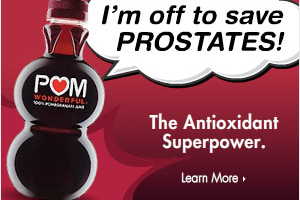District court says Ohio can label milk rBGH-free
The Center for Food Safety reports that a Federal Appeals Court has overturned an Ohio state ban on label statements such as “rbGH Free,” “rbST Free” and “artificial hormone free” on milk from cows that have not been treated with genetically modified bovine growth hormone (a.k.a. bovine somatotropin, or rbST).
In ruling on the case, IDFA et al v. Boggs, the court said:
The district court held that the composition claims were inherently misleading because “they imply a compositional difference between those products that are produced with rb[ST] and those that are not,” in contravention of the FDA’s finding that there is no measurable compositional difference between the two.
This conclusion is belied by the record, however, which shows that, contrary to the district court’s assertion, a compositional difference does exist between milk from untreated cows and conventional milk (“conventional milk,” as used throughout this opinion, refers to milk from cows treated with rbST). As detailed by the amici parties seeking to strike down the Rule, the use of rbST in milk production has been shown to elevate the levels of insulin-like growth factor 1 (IGF-1), a naturally-occurring hormone that in high levels is linked to several types of cancers, among other things. The amici also point to certain studies indicating that rbST use induces an unnatural period of milk production during a cow’s “negative energy phase.” According to these studies, milk produced during this stage is considered to be low quality due to its increased fat content and its decreased level of proteins.
The amici further note that milk from treated cows contains higher somatic cell counts, which makes the milk turn sour more quickly and is another indicator of poor milk quality. This evidence precludes us from agreeing with the district court’s conclusion that there is no compositional difference between the two types of milk.
The court also said:
Like composition claims, production claims such as “this milk is from cows not supplemented with rbST” are potentially misleading because they imply that conventional milk is inferior or unsafe in some way. But neither the FDA nor any study has conclusively shown that to be the case.
Want to bet that this one goes to the Supreme Court?



